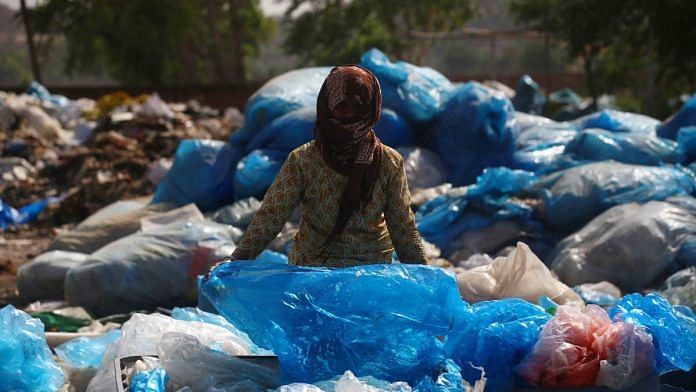Khori Khurd: At midnight on 20 April, Sameen Ahmed woke up to an all-too-familiar stench of burning plastic and rubber. Rushing out into the fields near his house in Haryana’s Khori Khurd village at the foothills of the Aravallis, he saw huge orange flames next to stacks of plastic and steel drums. The illegal waste-burning units in the village were at it again.
For over 15 years, Khori Khurd village in the Nuh district has been overrun by the illegal burning and selling of scrap material. Over a dozen proprietors bring in unknown hazardous waste material to the village, burn it stealthily in the open air at night, and sell the by-product to industries. The detritus turns the mustard fields black, the skies sooty, and scars the eco-sensitive zone that is the Aravallis.
“Every morning, I wake up to the floors and walls caked with black grime. We are tired of cleaning it up now,” said Ahmed.
There used to be at least 13-14 units which we have shut down completely—not just in Khori Khurd but the nearby village Sonari too. We don’t need to inspect it further because it is too informal and small-scale.
Vipin Kumar, regional officer, Haryana PCB
The Haryana Pollution Control Board’s closure notices in 2016 and 2023 have failed to stop the practice. What’s more, what is being burnt in these open-air incinerators is still a mystery. Local residents allege they’re harmful chemicals, but the Haryana PCB just classifies it as ‘a mix of waste material’. Now, a Public Interest Litigation (PIL), filed last year in the Haryana High Court against the waste burning, seeks to finally find an answer.
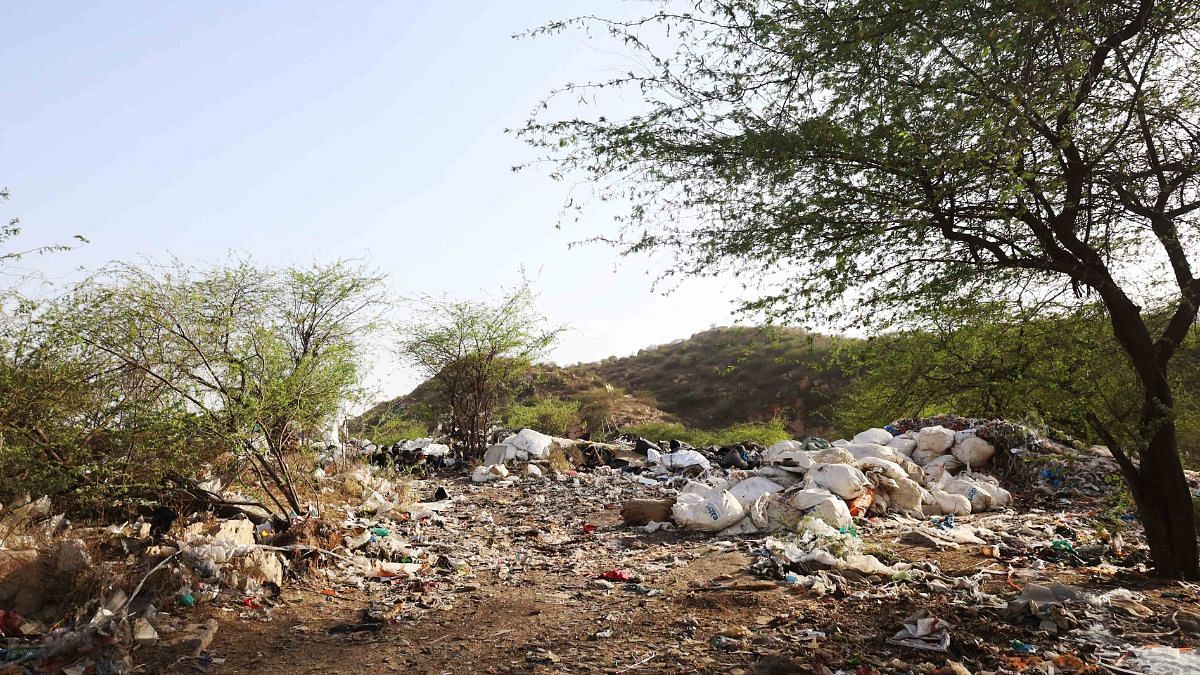
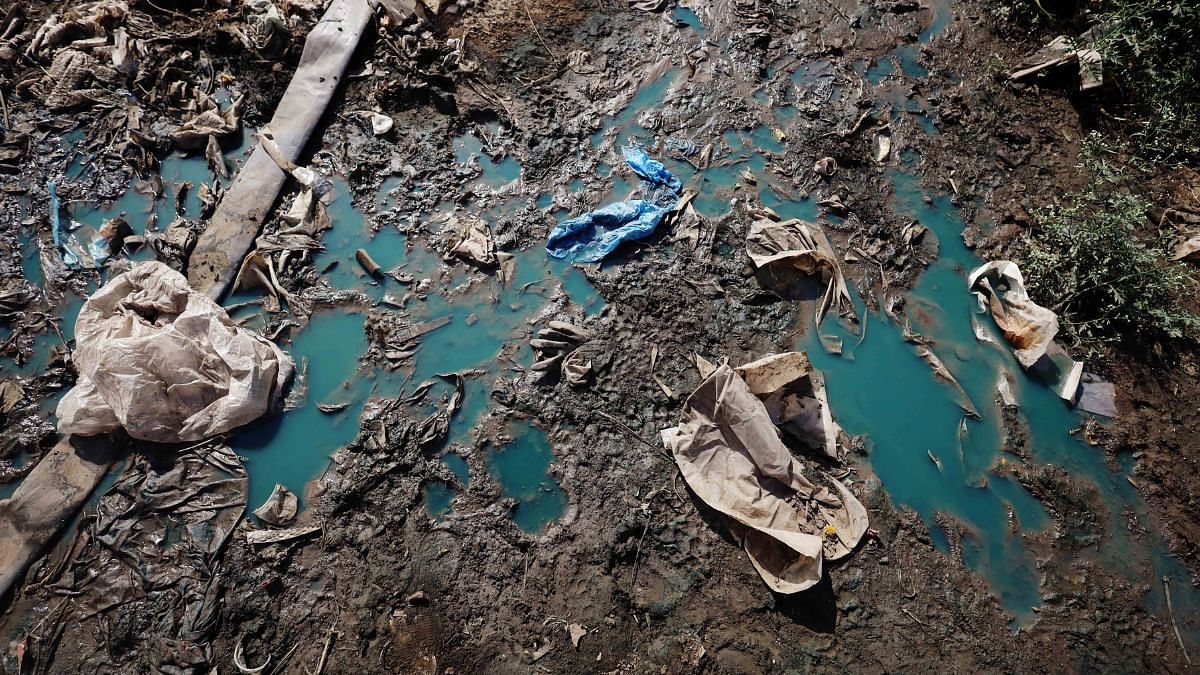
Smoke-filled houses and sooty fields are only one part of the problem. For 15 years, residents have become increasingly susceptible to eye, skin, and lung infections. Both the accused proprietors and the Haryana PCB say that the units have shut down. Yet, fields in Khori Khurd are strewn with scrap material and drums, all covered in soot. And every night, Ahmed and the other residents bear witness to the burning.
“The smoke clouds our skies, our lungs, and our houses. They are slowly killing us by poisoning our air and soil, but all they get is a rap on the knuckles,” said Ahmed.
In a village that’s estimated to have around 550 residents, 90 per cent are involved in small-scale farming, with holdings of just over a few acres. Failed crops, polluted water and soil, cattle dying, and children suffering from persistent coughs are routine.
“Even if it’s just plastic and rubber waste, it is still illegal and should be heavily penalised,” said Swati Sambyal, an independent waste management expert from Delhi. “The issue here doesn’t just seem to be waste burning and pollution, but also a refusal to comply with official orders.”
What’s being burnt
For four months, Khori Khurd villagers got respite from the fumes. According to some residents, the burning had shifted to nearby villages such as Khori Kalan. But it started again on 20 April.
The moment he caught the acrid smell that night, Ahmed grabbed his phone to record the incinerators in action. He tried to get as close as possible, capturing the footage to be submitted as evidence to the Haryana High Court.
We’ve never done any kind of polluting activity in the village. We stopped when the PCB asked us to. The PIL is just a ploy by the villagers to get revenge on us.
Ramjan, proprietor accused of illegal waste burning
According to the PIL, which was filed by Ahmed’s uncle Usman Khan, the illegal waste-burning units bring in plastic and metal drums laden with chemicals, scrap plastic, and rubber waste to empty fields. The contents are segregated and then melted in huge vessels using kerosene or other inflammable chemicals. The resulting charred byproduct, locally called ‘gulla’, is then sold as fuel to different industries—all illegal.
“From what I’ve heard, they buy this scrap material for Rs 1-2 per kilogram and sell the gulla for Rs 10-12 per kilogram,” said Haseen, a lawyer and resident of Khori Khurd village.
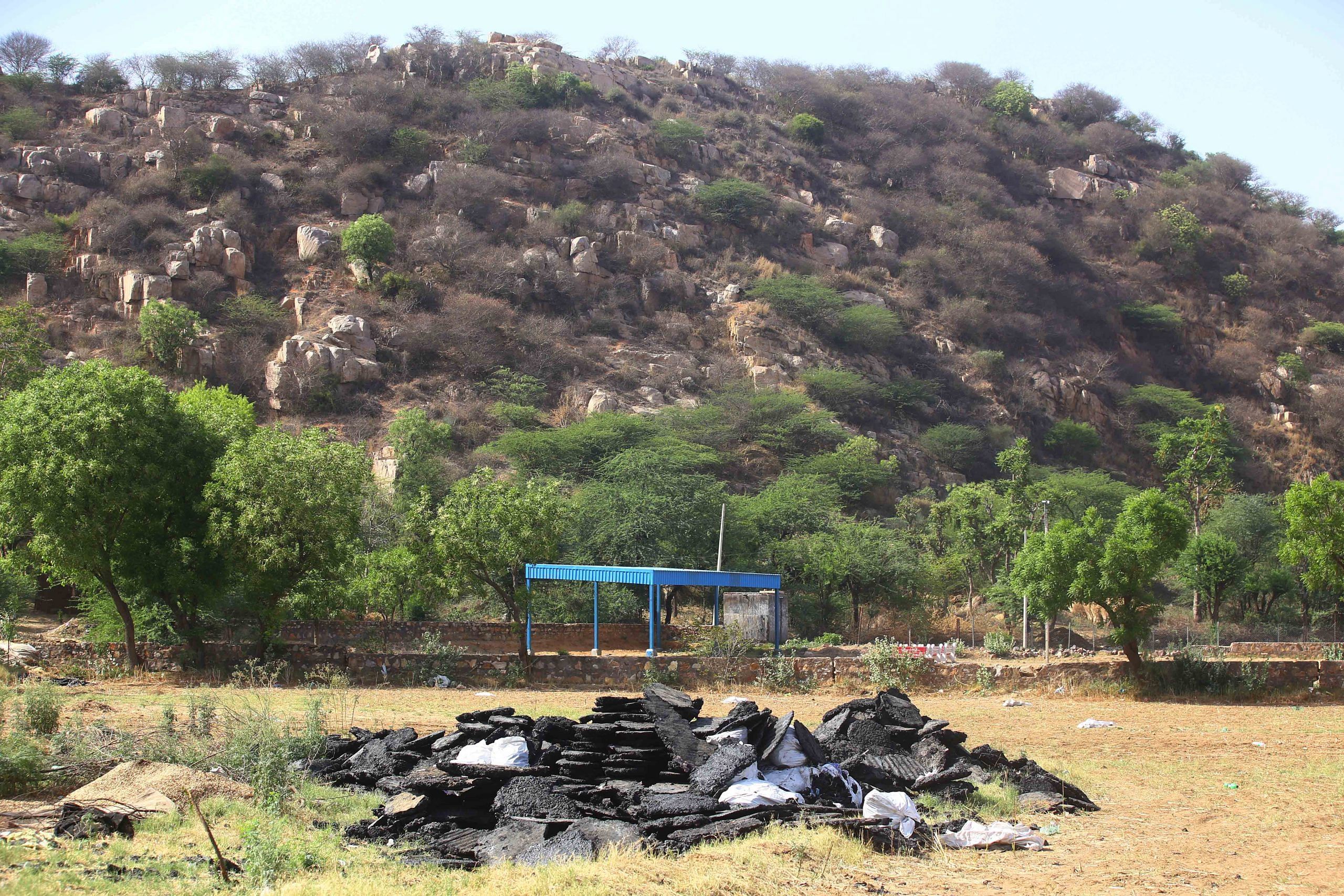
The units are illegal on three counts. First, they do not have permission from the Haryana PCB to operate incinerators in a residential area. Even if they did have permission, they are going about it the wrong way. The operators have not informed the PCB about the contents of the waste, and they don’t have a hazardous waste disposal facility onsite—in direct violation of the Hazardous Waste Management Rules of 2016.
“Burning plastic and rubber in the open causes particulate matter pollution, not to mention the release of toxins and black carbon,” said Manish Yadav, assistant environmental engineer at the Haryana PCB. “This is why we’ve shut down these illegal, informal units.”
These were the exact reasons provided by the Haryana PCB when it ordered the closure of these units in 2016, and again in 2023. But PCB officials said that they did not see the need to conduct an inspection into the contents of the waste.
“There used to be at least 13-14 units which we have shut down completely—not just in Khori Khurd but the nearby village Sonari too,” said Vipin Kumar, the regional officer of the Haryana PCB. “We don’t need to inspect it further because it is too informal and small-scale.”
But the PCB has done little to engender trust among villagers. Ahmed and Haseen allege that the PCB is “clearly being paid off” by those operating the illegal burning units, which is why they keep cropping up despite closure notices. It’s an allegation the PCB dismisses.
“Every time we get reports, we go down and ask them to close. Even on 21 April, we went to shut it down,” said Kumar.
The last closure notice was issued by the PCB in June 2023, but within three months, Ahmed said the burning had started again.
“That is when we decided enough was enough—a few of us villagers banded together to discuss the best possible solution and decided a PIL was the way to go,” Haseen said.
Sitting on a charpoy, the 45-year-old lawyer pulled out a plastic shopping bag where he meticulously stores copies of files, judgments, and closure orders by the PCB. Like Ahmed, Haseen’s fight too is personal—it’s for the health of his 10-year-old son, who has been suffering from chronic lung infections for over a year.
The villagers don’t have the support of a national NGO or any other organisation. But they have resolved to fight for their right to clean air and water with the resources they have.
“We put together money to pay a lawyer and set about filing the PIL,” Ahmed added. The PIL his uncle filed last year holds the Haryana government accountable as well for inaction and apathy.
The case will be a year old by the end of April. The High Court had ordered the PCB to file a status report on the illegal burning units in November 2024. So far, there has been no response, but the PCB is confident it will be able to file it by the next hearing.
The PIL names six different waste burning proprietors, accusing them of violating the Hazardous Waste Management Rules of 2016, the Water Act of 1974, and the Air Act of 1981.
The PIL has divided the village, with some of the operators allegedly harassing the family.
“They’ve threatened us, snatched our phones whenever we try to record their illegal activities—they know they’re in the wrong, yet they are so defiant about it,” said Ahmed.
However, both Ramjan and Imran, the father-son duo who are the two main proprietors accused of illegal waste burning, say that their operations stopped a while ago and they’re being falsely accused.
“We’ve never done any kind of polluting activity in the village. We stopped when the PCB asked us to,” said Ramjan. “The PIL is just a ploy by the villagers to get revenge on us.”
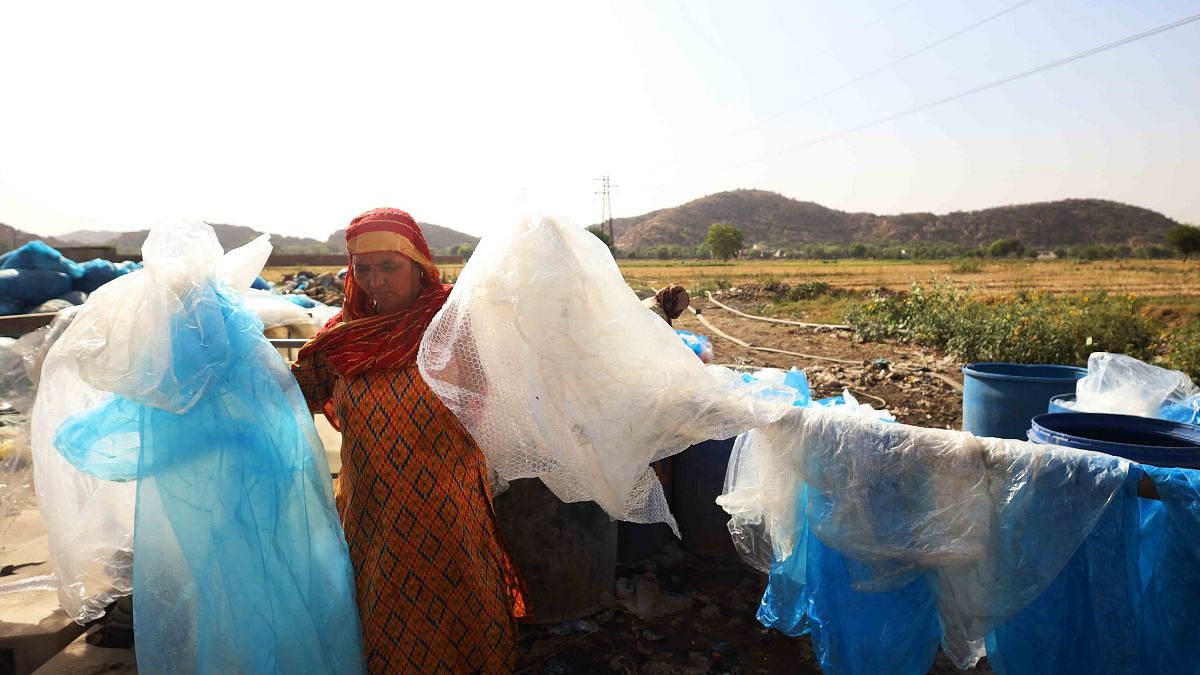
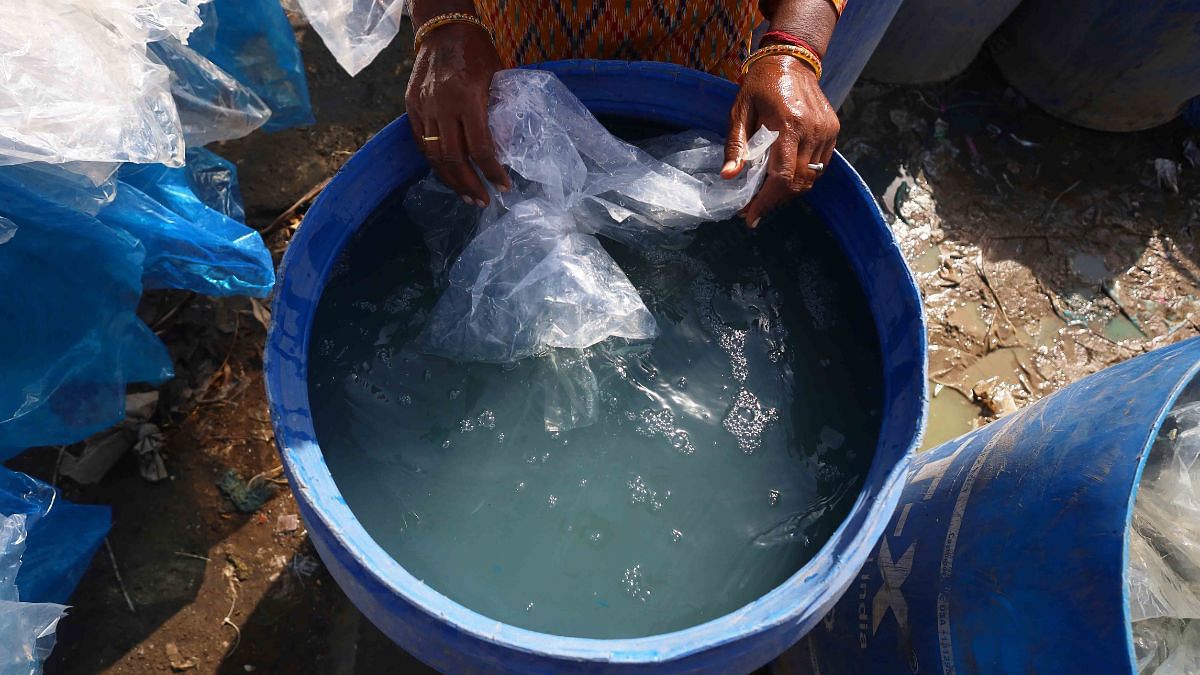
He dismissed the mounds of drums and plastic gullas piled up on his farm. “We don’t produce them but rather just buy and sell waste material,” he said. But even that is illegal.
Gullas are not allowed to be used inside Haryana, Haryana PCB assistant engineer Manish Yadav told ThePrint. He added that most gullas are sold in Rajasthan, which is not within his jurisdiction.
Also read: Let’s talk about red tape, cash flow, say Indian startup founders
Effect on health
Ahmed’s crusade against the illegal burning began when his uncle Shamsuddin fell ill. The smoke would bother him, as he had been suffering from tuberculosis since 2006. Every night before he slept, he would shut his windows tightly.
“Back then, it was just two people who were engaged in this work, and their fields were right in front of my uncle’s house,” said Ahmed. “We went and tried to talk to them too, to ask what it was they were burning that caused such a foul stench.”
Shamsuddin, then 55 years old, tried fighting against the ‘waste burning mafia’ for two years by appealing to the district magistrate, the police, and the PCB. He eventually passed away from TB in 2012. His family is convinced that the pollution from the waste burning exacerbated his health issues, but they have no way to prove it.
All they have now are the health issues of their own children, many of whom have long bouts of cough, asthma, and other infections that seem to worsen every time the waste burning happens.
“I wouldn’t be surprised if the burning has resulted in some level of contamination of the food and water of the village—plastics and rubber are notorious for releasing toxins, which is why they’re banned from burning in the first place,” said Sambyal. “From my experience, it usually causes lung infections, eye infections, and even rashes in people exposed to the fumes.”
While there have been no official studies to qualify the impact of Khori Khurd’s waste burning on its environment and its residents, there is a global repository on plastic pollution in general. A 2023 study in the Global Environmental Change Journal classifies how pollution from open plastic burning is associated with headaches, nausea, skin rashes, and even more severe issues such as heart failure, respiratory issues, and some forms of cancer.
Flipping through his 11-year-old son Rehaan’s medical reports, Ahmed said that he had to be taken to the hospital thrice in a month because of his incessant coughing.
“Even the doctor was confused, because it wasn’t winter or smog season, but my son’s coughing was still loud and painful,” he added. “We’ve been asked to go to a bigger hospital in Alwar if it doesn’t stop.”
Women in the village complain of rash and itching when they go to work in the fields. Safeena’s (34) field is right next to the one where the waste burning takes place. On the mornings after the waste is burnt, the soot mixes with the fog and settles over her mustard and onion crops, often destroying them.
“I have also developed this strange itching on my neck and arms, which increases when I come back from working in the fields,” said Safeena. “I’m scared because my kids are small and they often follow me to the fields. But I don’t want to expose them to whatever it is that they’re putting in the soil.”
The waste-burning units operate in different locations around the village, and the residue leeches into the surrounding fields.
“Last year, it destroyed this pond in our village that we used for irrigating our farms. It turned a brackish colour with what looked like rubber residues floating on top,” said Safeena. “When a few of our cattle drank from the pond, they died within days.”
Also read: Hyderabad’s Annapurna Studios is India’s high-tech film hub. A 50-yr Nagarjuna family legacy
Aravallis vulnerable
Khori Khurd, situated on the Haryana-Rajasthan border, has long lived in the shadow of industrial pollution. Its proximity to Bhiwadi—one of Rajasthan’s major industrial hubs—adds another layer of pollution. Residents claim it’s not uncommon to find piles of industrial refuse discarded in open areas under the cover of night.
“Those industries don’t want to properly dispose of their waste, so they just send it to our village to be burned illegally. The burning operators profit, the industries profit, but we are suffering the consequences,” alleged Ahmed. “How is this fair?”
The larger issue of open incineration of industrial waste isn’t unique to Khori Khurd. It’s a persistent problem across several industrial belts in Haryana, Punjab, and the National Capital Region (NCR).
We often get lost in the environmental impact of pollution—on the trees, the soil, the water. But when there are people living nearby, the pollution authorities are also responsible for assessing the impact of pollution on their health.
Swati Sambyal, waste management expert
Saurav Bhatia, the lawyer representing Khori Khurd in the PIL, has tracked similar cases in Delhi’s Narela and Bawana areas.
“I’ve myself seen a lot of cases in areas like Narela and Bawana, where industries don’t want to invest in proper waste management, so either they burn the waste themselves, or in cases like Khori Khurd, they pay someone else to take their waste,” said Bhatia.
What makes the waste burning in Khori Khurd all the more concerning is that the village is located right at the foothills of the Aravallis. One of the most eco-sensitive zones in the country, the Aravallis is even more vulnerable to the kind of industrial pollution taking place in Khori Khurd. The smoke from the fields often veers into the hills nearby, affecting the flora and fauna of the region.
“The waste burners don’t care about the health of their own village, why would they care about the environment?” Ahmed said.
Also read: Marxism still sells in Modi’s India. LeftWord Books is thriving
Village demands an inquiry
There’s a common joke among the villagers of Khori Khurd that “there are no elders left in our village”.
Ever since the burning started, people recall how strange afflictions have caused many deaths in the area. While some, like Shamsuddin, developed TB, others had different kinds of diseases that progressively got worse. In one month in 2024, around 10 senior citizens died in the village successively, raising alarm.
“There isn’t a definitive cause, so we can’t tell for sure. But there has to be some sort of connection to the pollution from the waste burning,” said Sonu, the sarpanch of the village who is also a primary healthcare practitioner. “I’ve seen enough cases myself. If it can kill our animals and crops, why not us?”
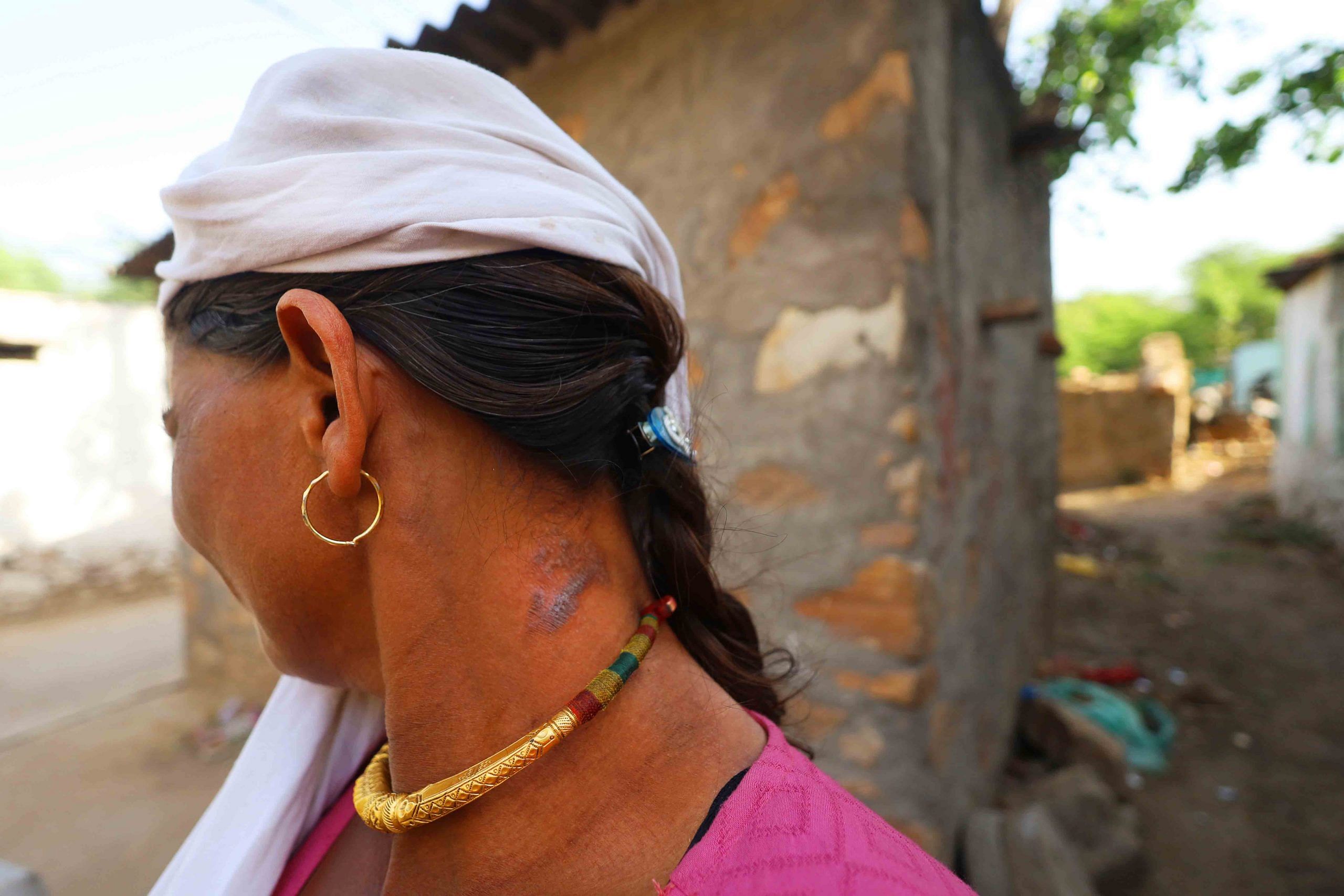
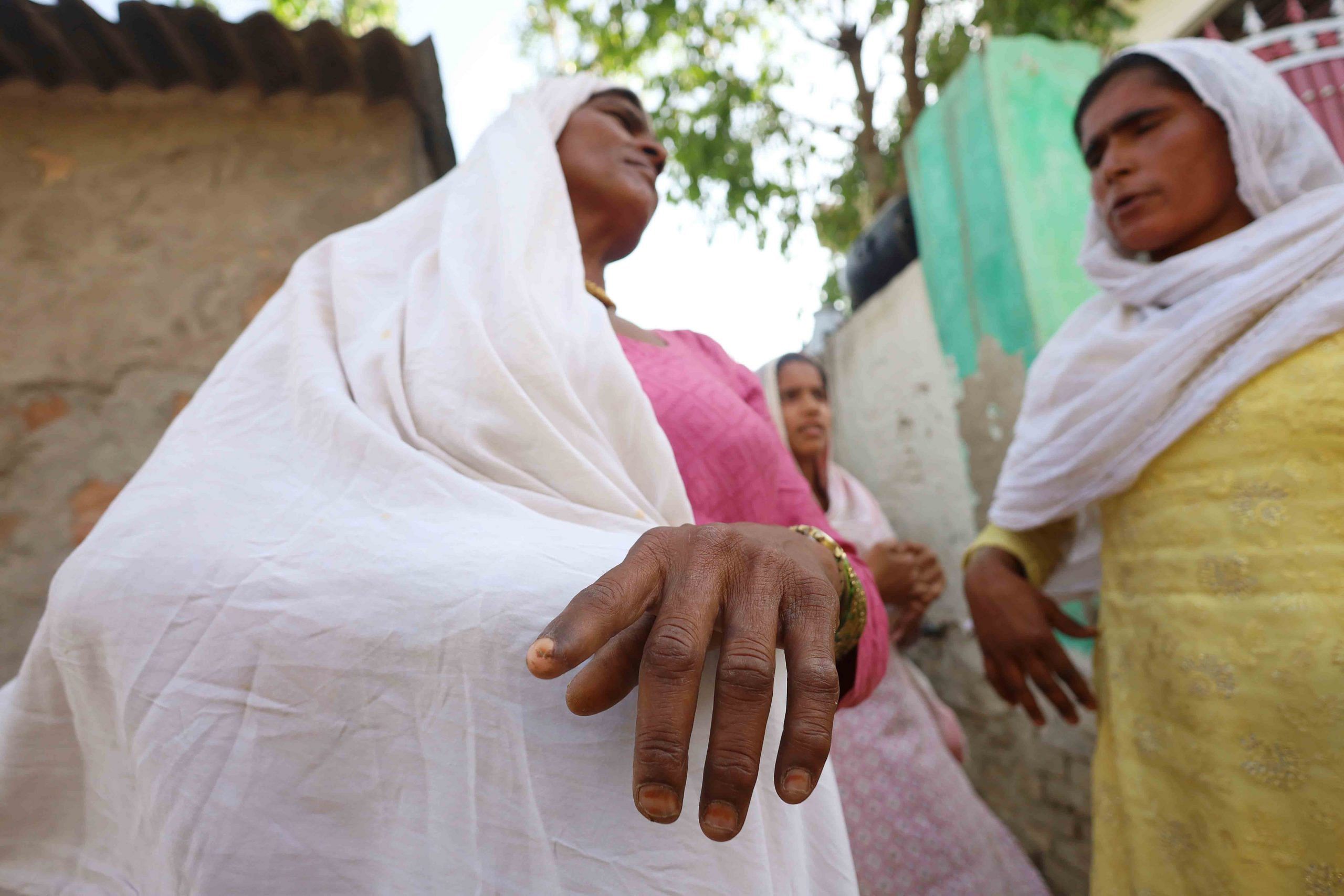
Sonu was elected in 2022, and in his term, he has written multiple times to the District Magistrate of Nuh, the Chairman of the Haryana Pollution Control Board, and even the former Nuh MLA Sanjay Singh.
“I’ve asked them on behalf of the villagers to help put an end to this illegal burning immediately. But I’ve also asked for an official enquiry into what exactly is being burnt in the units, and how it is affecting the health of the villagers,” said Sonu. The PCB has no plans to conduct a health check-up in the village in the near future, an official told ThePrint.
As a licensed primary healthcare provider, Sonu runs the only small clinic in the village where locals come for check-ups. But lately, he’s not been able to provide people with the care they require, saying that he is seeing many newer forms of allergies and infections in people.
“We want the state authorities to conduct an official medical camp in the village so that we can officially attribute illnesses and infections to this toxic waste,” said Sonu. “Without that, we’re just floundering in the dark with no idea of how devastating the consequences of living with this waste burning actually are.”
Sambyal too agrees that a survey to check the health of the villagers and others exposed to the pollution is needed.
“We often get lost in the environmental impact of pollution—on the trees, the soil, the water. But when there are people living nearby, the pollution authorities are also responsible for assessing the impact of pollution on their health,” she said.
For now, residents are wary of opening their windows at night, letting their children out to play in the open, and even working in their own fields.
“I used to be in school when the burning initially started. I didn’t understand why my uncles and my father were so up in arms against it,” said Ahmed. “Now I’m 28; I have my own kids and nephews. I know that I want to protect them from this pollution. We didn’t deserve it then, we don’t deserve it now.”
(Edited by Prasanna Bachchhav)



